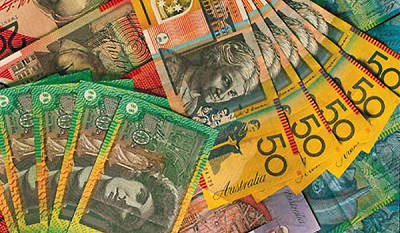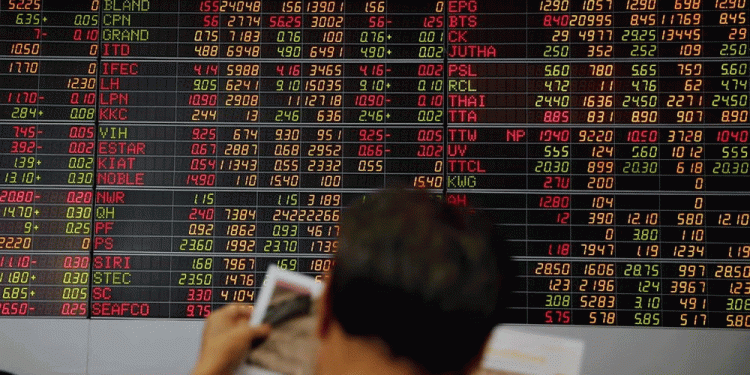Wednesday, 26 August 2015 11:16
 SYDNEY/WELLINGTON: The Australian and New Zealand dollars were held hostage on Wednesday to developments in China in another choppy trading session, with sentiment remaining brittle amid concerns over the Asian giant’s economy.
SYDNEY/WELLINGTON: The Australian and New Zealand dollars were held hostage on Wednesday to developments in China in another choppy trading session, with sentiment remaining brittle amid concerns over the Asian giant’s economy.
The Australian dollar was down 0.1 percent at $ 0.7132, having swung between positive and negative territory. It received a modest boost after data showing domestic construction work rose 1.6 percent in the second quarter, handily beating forecasts of a 1.5 percent fall.
“The positive is that the construction sector, which accounts for around 15 percent of the economy, will add to growth in the June quarter,” said Andrew Hanlan, a senior economist at Westpac.
Australia’s second-quarter gross domestic product data is due next week.
However, the focus quickly returned to the Chinese share markets’ reaction to the latest stimulus. The People’s Bank of China cut interest rates and lowered the amount of reserves banks must hold for the second time in two months on Tuesday, ratcheting up support for a stumbling economy.
The outlook for the Aussie, seen as a proxy of Chinese growth because of the countries’ strong trade links, was negative. It struck a 6-1/2-year low of $ 0.7044 on Monday and was down two cents since then. It has dropped 12 percent this year. Dealers cited talk of large stops below $ 0.7000.
Growing fears that China’s economy could have a hard landing prompted markets to substantially narrow the odds of further easing by the Reserve Bank of Australia. Interbank futures are fully priced for a 25-basis point-cut by December, from a less than a 50-50 chance last week.
The New Zealand dollar was firmer at $ 0.6498 and keeping its distance from Monday’s six-year low of $ 0.6200. It found its footing versus other currencies and crept up 0.3 percent to 77.10 yen, stabilising after tumbling to 72.75 yen earlier in the week, its weakest since early 2013.
On a trade-weighted index basis (TWI), the kiwi slipped 0.5 percent to 69.94. Sentiment remained bearish.
Risks to the NZ dollar on a TWI basis remain, ANZ analysts said in a note. “Markets are still fearful of demand from China and its impact on commodity prices.”
Expectations that the Reserve Bank of New Zealand will continue to lower interest rates in the coming months to stimulate the economy also weighed on the kiwi.
New Zealand government bonds edged up, pushing yields 1.5 basis points lower at the long end of the curve.
Australian government bond futures were split, with the three-year bond contract up 2 ticks at 98.270. The 10-year contract was down half a tick to 97.3700. Earlier in the week, both contracts climbed to their highest since April.





























